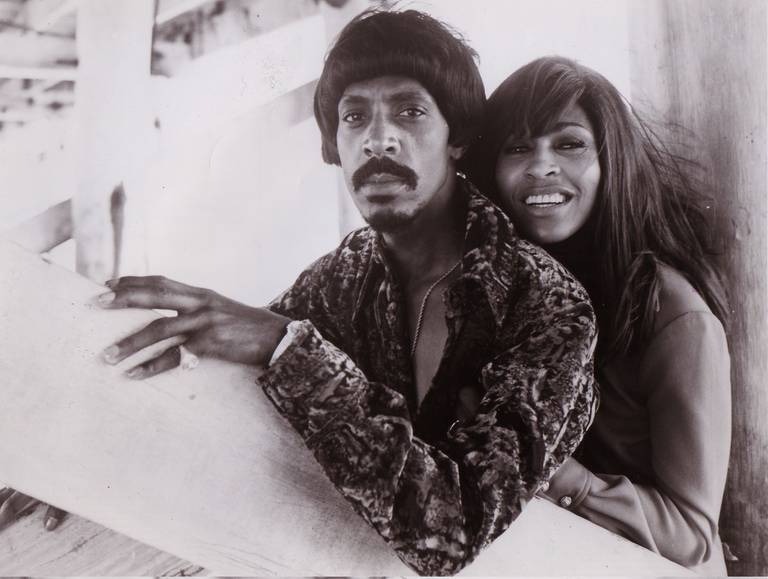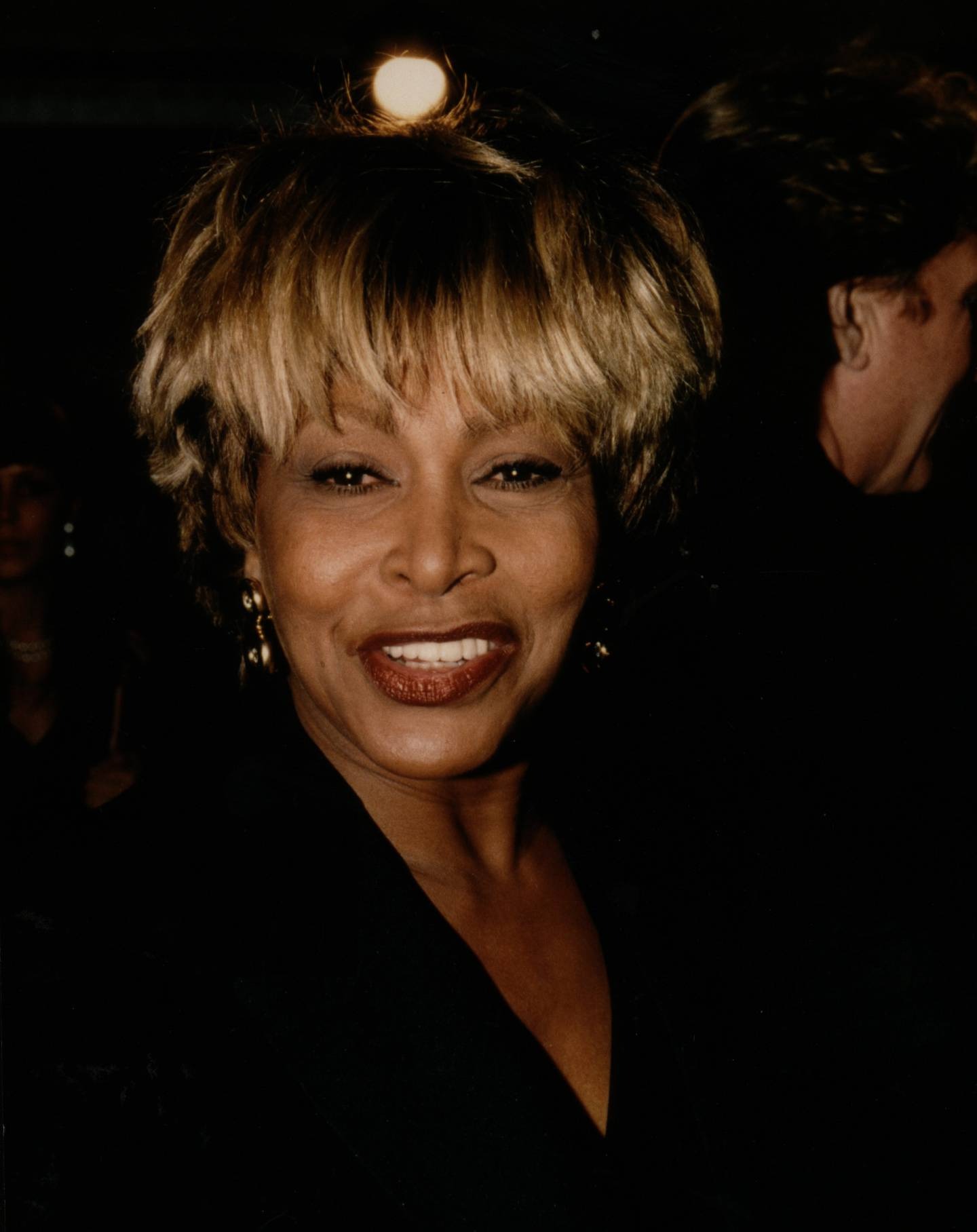Singer Tina Turner has died aged 83, her spokesperson confirms
- Publish date
- Thursday, 25 May 2023, 7:11AM

Singer Tina Turner has died, aged 83, her spokesperson has confirmed.
A statement from the singer’s spokesperson said “Tina Turner, the ‘Queen of Rock’n Roll’ has died peacefully today at the age of 83 after a long illness in her home in Kusnacht near Zurich, Switzerland.
“With her, the world loses a music legend and a role model.”
Few stars travelled so far — she was born Anna Mae Bullock in a segregated Tennessee hospital and spent her latter years on a 260,000 square foot estate on Lake Zurich — and overcame so much.
Physically battered, emotionally devastated and financially ruined by her 20-year relationship with Ike Turner, she became a superstar on her own in her 40s, at a time when most of her peers were on their way down, and remained a top concert draw for years after.
The American-born and naturalised Swiss singer, dancer, actress and author became a global star as the lead singer of the Ike & Tina Turner Revue before launching a successful career as a solo performer.
Ike & Tina Turner were “one of the most formidable live acts in history” with hits such as “It’s Gonna Work Out Fine”, “River Deep – Mountain High”, “Proud Mary”, and “Nutbush City Limits” before disbanding in 1976.

In the 1980s, Turner launched her remarkable comeback with the 1984 multi-platinum album “Private Dancer”, including the hit song “What’s Love Got to Do with It”, which won the Grammy Award for Record of the Year and became her first and only number one song on the Billboard Hot 100.
Success continued with “Better Be Good to Me”, “Private Dancer”, “We Don’t Need Another Hero (Thunderdome)”, “Typical Male”, “The Best”, “I Don’t Wanna Fight”, and “GoldenEye”.
Her trademarks were her growling contralto, her bold smile and strong cheekbones, her palette of wigs and the muscular, quick-stepping legs she did not shy from showing off.
RIP @tinaturner My condolences to Erwin and Tina's family. I'll be forever grateful for the time we spent together on tour, in the studio and as friends. Thank you for being the inspiration to millions of people around the world for speaking your truth and giving us the gift of… pic.twitter.com/H8erckqpr8
— Bryan Adams (@bryanadams) May 24, 2023
In October 2021, Turner was inducted into the Rock & Roll Hall of Fame as a solo artist - accepting the award via satellite from her home in Zurich - for the second time after being inducted with Ike Turner in 1991.
She sold more than 150 million records worldwide, won 12 Grammys, and was honoured at the Kennedy Center in 2005, with Beyoncé and Oprah Winfrey among those praising her. Her life became the basis for a film, a Broadway musical and an HBO documentary in 2021 that she called her public farewell.
I am heartbroken to see that one of my idols have passed. She paved the way for so many of us in the industry. RIP #TinaTurner💜💜💜💐💐💐 pic.twitter.com/40pPkTWp4K
— Stephanie Mills (@PrettyMill1) May 24, 2023
Before leaving her husband Ike and revealing their back story, she was known as the voracious on-stage foil of the steady-going Ike, the leading lady of the “Ike and Tina Turner Revue.” Ike was billed first and ran the show, choosing the material, the arrangements, the backing singers. They toured constantly for years, in part because Ike was often short on money and unwilling to miss a concert. Tina Turner was forced to go on with bronchitis, with pneumonia, with a collapsed right lung.
Other times, the cause of her misfortunes was Ike himself.
As she recounted in her memoir, “I, Tina,” Ike began hitting her not long after they met, in the mid-1950s, and only grew more vicious. Provoked by anything and anyone, he would throw hot coffee in her face, choke her, or beat her until her eyes were swollen shut, then rape her. Before one show, he broke her jaw and she went on stage with her mouth full of blood.
Terrified both of being with Ike and of being without him, she credited her emerging Buddhist faith in the mid-1970s with giving her a sense of strength and self-worth and she finally left in early July, 1976. The Ike and Tina Turner Revue was scheduled to open a tour marking the country’s bicentennial when Tina snuck out of their Dallas hotel room, with just a Mobil credit card and 36 cents, while Ike slept. She hurried across a nearby highway, narrowly avoiding a speeding truck, and found another hotel to stay.
“I looked at [Ike] and thought, ‘You just beat me for the last time, you sucker,’” she recalled in her memoir.
Turner was among the first celebrities to speak candidly about domestic abuse, becoming a heroine to battered women and a symbol of resilience to all. Ike Turner did not deny mistreating her, although he tried to blame Tina for their troubles. When he died, in 2007, a representative for his ex-wife said simply: “Tina is aware that Ike passed away.”

Little of this was apparent to the many Ike and Tina fans. The Turners were a hot act for much of the 1960s and into the ‘70s, evolving from bluesy ballads such as “A Fool in Love” and “It’s Going to Work Out Fine” to flashy covers of “Proud Mary” and “Come Together” and other rock songs that brought them crossover success.
They opened for the Rolling Stones in 1966 and 1969, and were seen performing a lustful version of Otis Redding’s “I’ve Been Loving You Too Long” in the 1970 Stones documentary “Gimme Shelter.” Laurence Fishburne and Angela Bassett gave Oscar-nominated performances as Ike and Tina in the 1993 movie “What’s Love Got to Do with It,” based on “I, Tina,” but she would say that reliving her years with Ike was so painful she couldn’t bring herself to watch the movie).
A true legend has passed. Tina Turner has died at the age of 83. She was our River Deep and our Mountain High, the Private Dancer in our hearts. She showed us that love really does has everything to do with it, and that we really did need another hero. And she was it. Rest now,…
— George Takei (@GeorgeTakei) May 24, 2023
Ike and Tina’s reworking of “Proud Mary,” originally a tight, mid-tempo hit for Creedence Clearwater Revival, helped define their assertive, sexual image. Against a background of funky guitar and Ike’s crooning baritone, Tina began with a few spoken words about how some people wanted to hear songs that were “nice and easy.”
But by the end of the 1970s, Turner’s career seemed finished. She was 40 years old, her first solo album had flopped and her live shows were mostly confined to the cabaret circuit. Desperate for work, and money, she even agreed to tour in South Africa when the country was widely boycotted because of its racist apartheid regime.
Rock stars helped bring her back. Rod Stewart convinced her to sing “Hot Legs” with him on “Saturday Night Live” and Jagger, who had openly borrowed some of Turner’s on-stage moves, sang “Honky Tonk Women” with her during the Stones’ 1981-82 tour. At a listening party for his 1983 album “Let’s Dance,” David Bowie told guests that Turner was his favourite female singer.
More popular in England at the time than in the US, she recorded a raspy version of “Let’s Stay Together” at EMI’s Abbey Road studios in London. By the end of 1983, “Let’s Stay Together” was a hit throughout Europe and on the verge of breaking in the States. An A&R man at Capitol Records, John Carter, urged the label to sign her up and make an album. Among the material presented to her was a reflective pop-reggae ballad co-written by Terry Britten and Graham Lyle and initially dismissed by Tina as “wimpy.”
“I just thought it was some old pop song, and I didn’t like it,” she later said of “What’s Love Got To Do With It”.
(1/3) In Memoriam: Two-time Inductee Tina Turner worked hard to reimagine the role of a Black woman in rock & roll — one that was firmly placed front and center. During her time in the duo Ike and Tina Turner (inducted in 1991), her electric onstage presence forever raised the pic.twitter.com/mNkKB7O1l5
— Rock Hall (@rockhall) May 24, 2023
Turner’s “Private Dancer” album came out in May 1984, sold more than eight million copies and featured several hit singles, including the title song and “Better Be Good To Me.” It won four Grammys, among them Record of the Year for “What’s Love Got to Do With It,” the song that came to define the clear-eyed image of her post-Ike years.
“People look at me now and think what a hot life I must have lived — ha!” she wrote in her memoir. - with Associated Press
RIP Tina, you were a true legend.
This article was first published in the NZ Herald and is republished here with permission.

Take your Radio, Podcasts and Music with you




